HarmonyOS
Huawei HarmonyOS 3.0 Beta SDK upgraded to API version 8
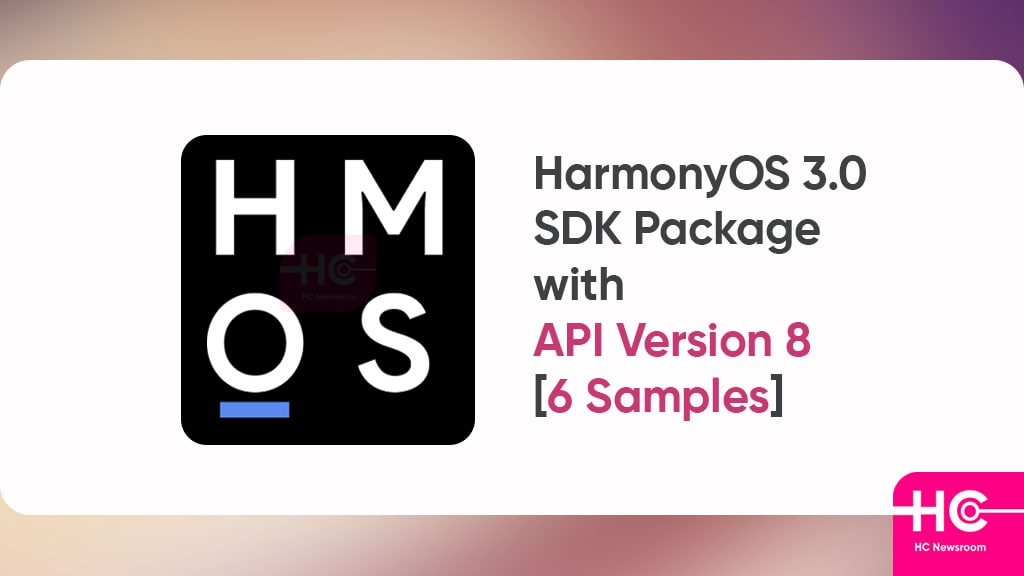
HarmonyOS 3.0 is a hot topic among Huawei consumers nowadays. The company has already pushed off the beta version for the developers which brings some technical changes to the new software. So far, the Huawei HarmonyOS 3.0 beta system supports a new SDK package, upgraded to API version 8.
Generally, SDK (Software Development Kit) and API (Application Programming Interface) are the two main tools in the software. These objectives aid in enhancing the functionality of the application with relative ease.
Consequently, Huawei has tried to optimize HarmonyOS 3.0 beta and its SDK package by updating it to the latest API version 8. On the flip side, the company adds improvements to the ArkUI, and ArkCompiler by enabling the JS /eTS language.
As a result, the developers get ease creating the complex interface drawing. Moreover, it boosts the startup speed of JS applications by 50 percent. Apart from these implements, the company has also integrated 6 samples, based on eTS.

Eventually, these samples will help the developers in learning the core mechanisms and their functions in the new interface. Further, they will be able to collect detailed information regarding declarative development and TS extensions.
Here are the eTS-based six samples that the company has introduced:
Sample 1: FlipClock
This sample features a multi-function clock. The clock uses digital page-turning to display the time. Besides, it offers to perform several operations. For instance, create an alarm, countdown, set the clock sleep in Settings, adjust the screen brightness, and more.
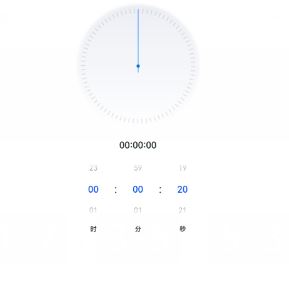
Sample 2: International
This sample introduces the setting of the foreign information of the system. Alternatively, the user can select the current region, and set the system language, date, time, time zone, etc. Simultaneously, it also showcases the formatted display of time, number, currency, percentage, singular, and plural, screen orientation, and other information in the current system language.

Sample 3: Shopping
Surprisingly, this sample features a fake shopping app. It provides functions similar to an ordinary shopping application. For instance, product display, product search, shopping cart, and message reminders. On the other hand, the media content such as pictures, videos, and texts in each interface appears neatly with a super high loading speed.

Sample 4: Chat
Alike to the previous sample, this one shows the chat application. It offers features such as chatting, adding friends, forming group chats, displaying community pictures, and more. Besides, the user can also set to save the record, so that he/she can come to the same point, from where they started.
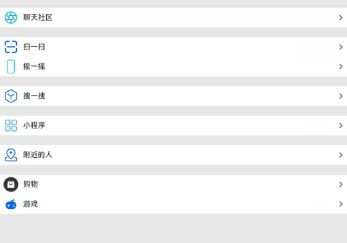
Sample 5: DeviceUsageStatistics
This sample exhibits the information about application usage in the current device. The data panel at the top shows the usage time ratio of the five most commonly used applications. Another point is that the vertical sliding bar in the middle shows the total usage time and the last usage time of each application. While the horizontal sliding bar at the bottom shows a list of less frequently used applications.
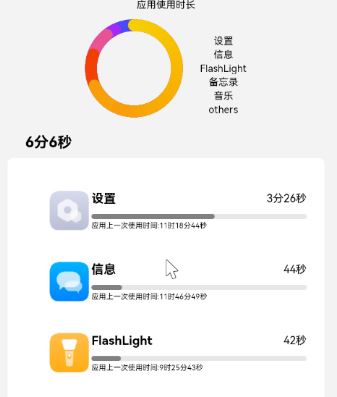
Sample 6: NativeAPI
This sample shows a backgammon game in which C++ performs the logic calculation and eTS performs the interface rendering.
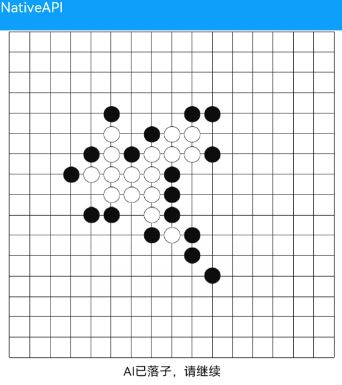
|| Source ||






